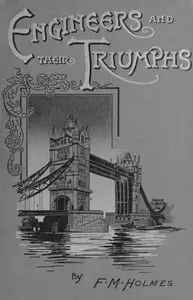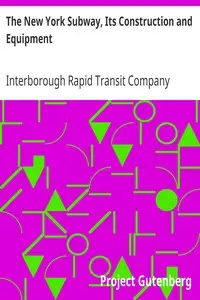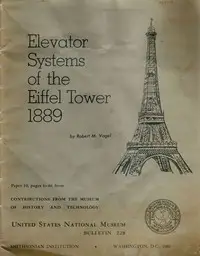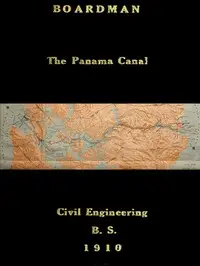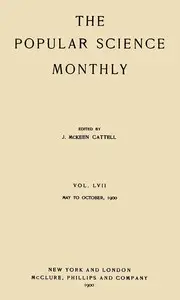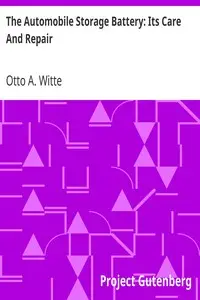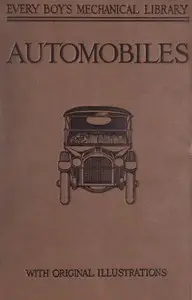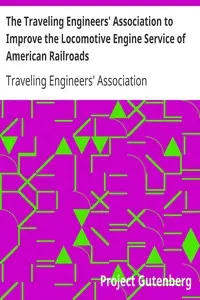"Illustrations of the Croton Aqueduct" by F. B. Tower is a historical record from the 1800s that explores the making of the Croton Aqueduct and why it was important. Tower, who was part of the Engineer Department, writes about how the aqueduct was built and the new ideas that made it possible, as it was needed to give New York City a crucial water supply. In the beginning, the book talks about how important aqueducts are for a city to be healthy and grow, pointing out that they were common in ancient Rome and other places long ago and it explains the reasons for writing the book. Tower shares his time working in the Engineer Department while the Croton Aqueduct was being built and he discusses why everyone was so interested in this amazing engineering project and he explains how the aqueduct would help New York and why it was needed, including the city's water problems at the time.
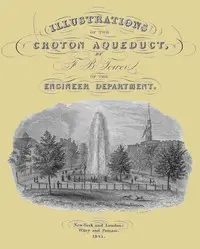
Illustrations of the Croton Aqueduct
By F. B. (Fayette Bartholomew) Tower
Discover the fascinating story of how an incredible feat of engineering quenched the thirst of a growing metropolis.
Summary
About the AuthorFayette Bartholomew Tower, civil engineer; mayor. Tower was born in Waterville, New York, on June 29, 1817. Tower was educated as a civil engineer. In 1837, he was appointed on the Croton Aqueduct and he continued on that work until its completion in 1842. During the ensuing five years he made Waterville his residence, and at the time prepared his "Illustration of the Croton Aqueduct" consisting of a series of twenty-one plates with text. About 1848 his health led him to seek a milder climate, and he settled in Cumberland, Maryland. He was chosen to the Maryland, legislature and was later elected mayor of Cumberland (1853–1854). His health continued to fall, and in 1856 he returned to Waterville and died soon afterwards on February 16, 1857.
Fayette Bartholomew Tower, civil engineer; mayor. Tower was born in Waterville, New York, on June 29, 1817. Tower was educated as a civil engineer. In 1837, he was appointed on the Croton Aqueduct and he continued on that work until its completion in 1842. During the ensuing five years he made Waterville his residence, and at the time prepared his "Illustration of the Croton Aqueduct" consisting of a series of twenty-one plates with text. About 1848 his health led him to seek a milder climate, and he settled in Cumberland, Maryland. He was chosen to the Maryland, legislature and was later elected mayor of Cumberland (1853–1854). His health continued to fall, and in 1856 he returned to Waterville and died soon afterwards on February 16, 1857.



